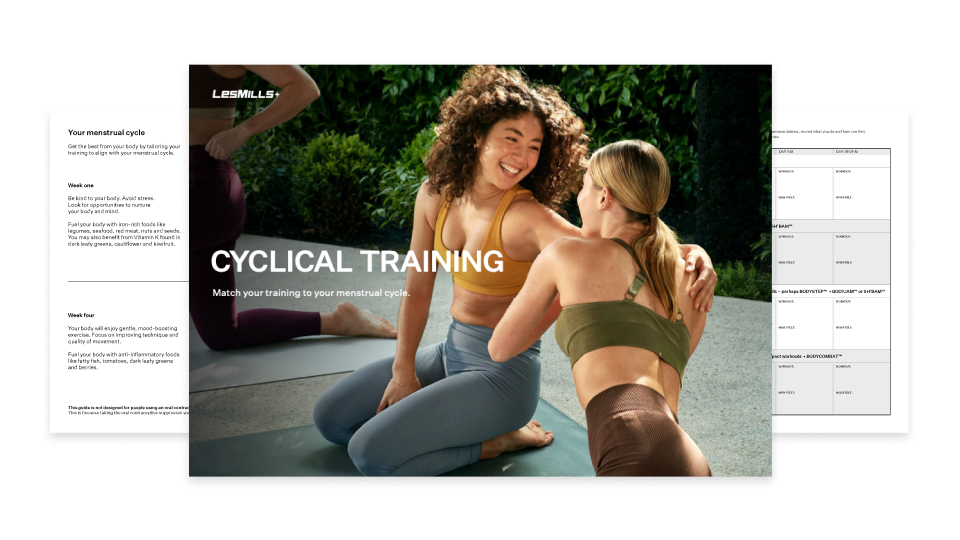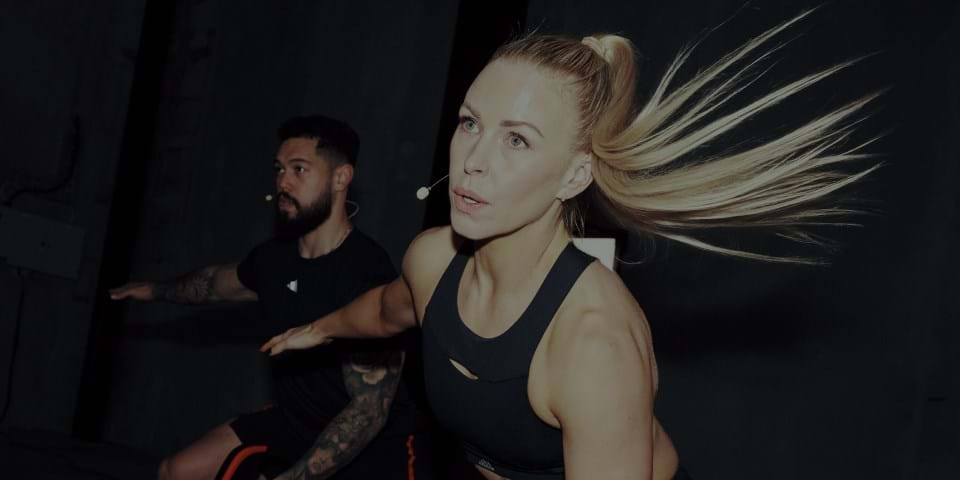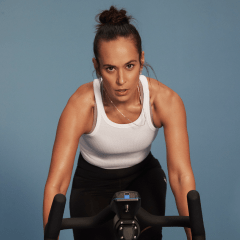Periods can be a pain. Cramps, mood swings and the hassle of dealing with round-the-clock bleeding can make daily life hard … and exercising even harder.
The hormonal shifts women navigate each month can present a real challenge when it comes to maintaining consistent training habits. Research shows that about 75 percent of athletes experience negative side effects such as cramps, back pain, headaches and bloating during their cycle. Another study has shown fluctuations in strength, metabolism, inflammation, body temperature and risk of injury as a result of hormonal changes.
While the specific impact is different for everyone, training throughout your cycle isn’t always easy. The more you understand the phases of your cycle, the more easily you can adapt exercise to suit your body and your mind.
Watch Diana Archer Mills and Dr. Jackie Mills explain the benefits of syncing your exercise with your cycle.
The phases of your menstrual cycle
As most women will know, your menstrual cycle starts on the first day of your period and ends when your next period begins. Usually, this is 28 days, but it can vary. Within your cycle, there are three phases:
The follicular phase
This is the time between the first day of your period and ovulation.
Ovulation
This is halfway through your cycle when an egg is released from the ovary.
The luteal phase
This is the time between ovulation and before the start of menstruation, when your body prepares for a possible pregnancy.
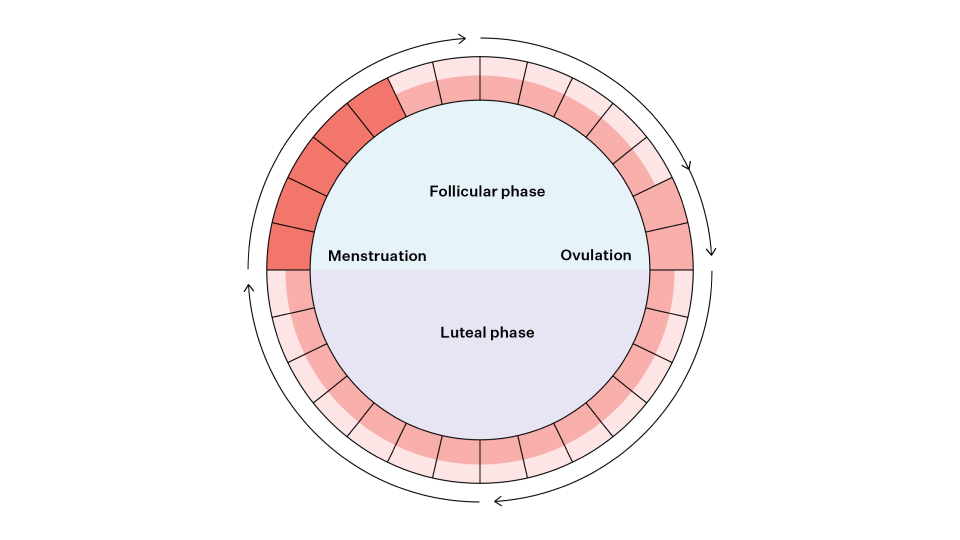
Each phase is fueled by hormones – four in particular. In the early stages of your cycle, a hormone known as the follicle-stimulating hormone (FSH) tells your ovaries to prepare and produce the egg-containing follicles. These follicles then produce the second hormone, estrogen, which rebuilds the lining of the uterus. Once the follicles are big enough and produce enough estrogen, the third hormone – luteinizing hormone (LH) – is produced. This releases the egg which causes ovulation. In this final phase, the follicle that contained the egg begins to produce the fourth hormone, progesterone. It is progesterone that helps prepare your uterus for a possible pregnancy.
What is cycle syncing exercise?
Cycle syncing is when you tailor your training schedule to match the different phases of the menstrual cycle. It can be as simple as shifting the intensity of your workouts as your cycle progresses, or it may involve choosing different types of exercise to match different phases of your cycle.
The benefits of cyclical syncing
Tuning in to your menstrual cycle helps you understand the nuances of how your body responds to exercise at different stages. You can discover the best times to push your body and when to focus on rest and recovery. This will help ensure you get optimal results from your exercise efforts.
The more you understand the phases of your cycle, the more easily you can adapt exercise to suit your body and your mind.
How to exercise according to your menstrual cycle
Exercise during early follicular phase
At the beginning of your cycle, your menstrual hormones are low while you are menstruating. You may be dealing with symptoms like inflammation, pain and a good dose of lethargy. This is when you might want to be kind to yourself and train in a way that really nurtures your body and mind. Focusing on recovery is often a good idea, as you want to avoid stresses that may trigger autoimmune responses.
Exercise during mid follicular phase
As the follicular phase progresses, estrogen starts to rise. This is when your energy levels may start to pick up and some find a higher pain tolerance. Some women find this can be the perfect time to train harder and push through high-intensity workouts and strength training. For some, strength training doesn’t only feel better in this phase, it might be even more effective because of the increased estrogen levels.
Exercise during late follicular phase to ovulation
As estrogen levels peak at the end of the follicular phase, so too can your training performance. In this phase, right before ovulation, you may feel perfectly primed to smash your goals and break new training records.
Exercise during the luteal phase
After ovulation, your menstrual cycle hormones fluctuate fast. Energy levels and power can drop and you may be feeling heavier because of fluid retention. All of a sudden, your body is no longer primed for high-intensity training like it was in the follicular phase. Some women find this is the perfect time to embrace longer, more steady-state training. You might like to focus on improving technique and movement efficiency, rather than pushing for a personal best. Parasympathetic activation can also be very advantageous during this phase – so enjoy activities like yoga, meditation and breathwork.
Right before ovulation, you may feel perfectly primed to smash your goals and break new training records.
How to sync your diet to your menstrual cycle
Nutritious foods for the follicular phase
In the early follicular phase, during menstruation, fuel your body with iron-rich foods like legumes, seafood, red meat, nuts and seeds and choose meals with anti-inflammatory foods and antioxidants, You may also benefit from Vitamin K found in dark leafy greens, cauliflower and kiwifruit. Throughout the follicular phase, maintain energy levels with complex carbs like oats, legumes and whole grains. Mix with a variety of plant foods and high-quality proteins like fish and eggs to help recovery.
Nutritious foods for the luteal phase
In the early stages of the luteal phase, many find appetite can decrease. This is when it’s important to fuel your body with nutrient-dense foods and snack regularly. As this luteal phase progresses, start consuming more anti-inflammatory foods like fatty fish, tomatoes, dark leafy greens and berries.
Tips from trainers who sync their workouts to their cycle
While everyone is different, you might like to adopt some of the modifications these trainers have made to sync their workouts with their cycle.
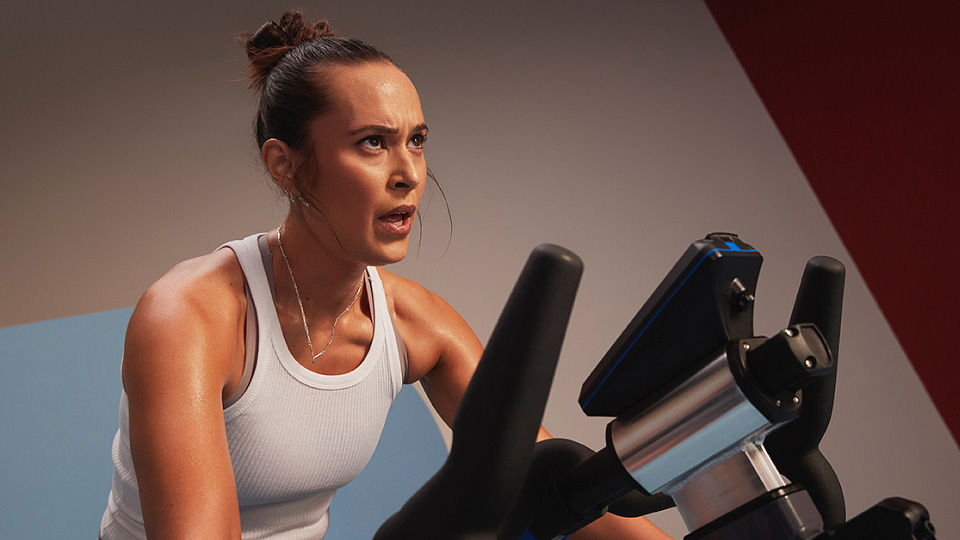
Les Mills presenter Khiran Huston says her mood and energy hits an all-time high immediately after her period. “I find week two is possibly the best window to take my training to the next level. Rising estrogen levels can make me feel more energized and my pain tolerance can be higher…. I feel motivated to train more – running a little longer, extending out my training in the gym.”
But then when she hits weeks three and four it all changes. "This is when the early morning classes are not a vibe, they're a struggle as I crave more sleep. I also know this is when I need to be careful with my weight lifting, as I’m more prone to injury or muscle soreness."
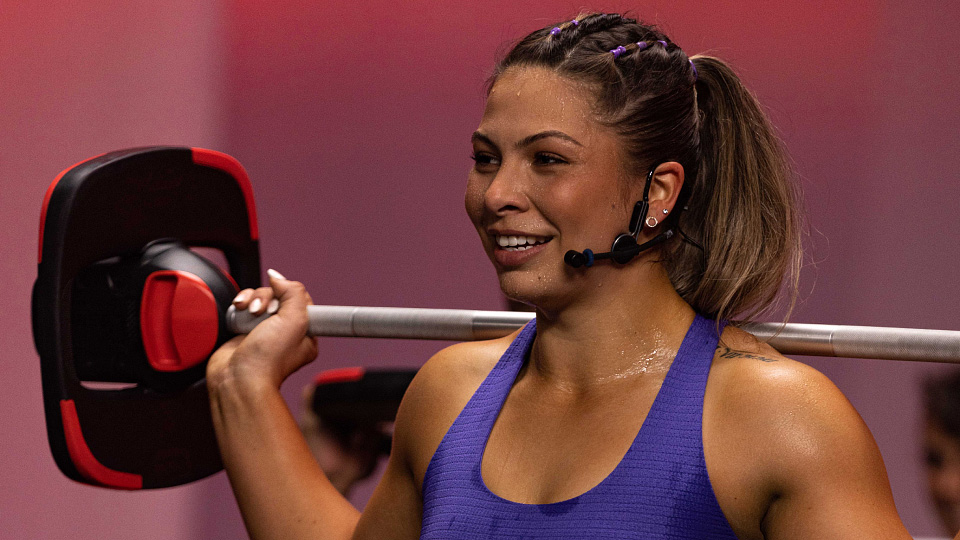
Les Mills presenter Kaylah-Blayr usually feels really strong in the second week of her cycle and uses it to her advantage. "I plan to train heavy with my weights and I add in more to my workout sessions because I have the energy and it feels right. Sometimes, if I’m feeling great later in the day, I’ll add in LES MILLS GRIT or LES MILLS SPRINT as my second workout of the day."
Kaylah says it's during weeks three and four of her cycle that she usually feels very bloated, tired and lacking motivation. "This is when I lift lighter weights and add in workouts like RPM, THE TRIP, or LES MILLS STRETCH, or even just walking. I choose my workouts depending on how I'm feeling.”
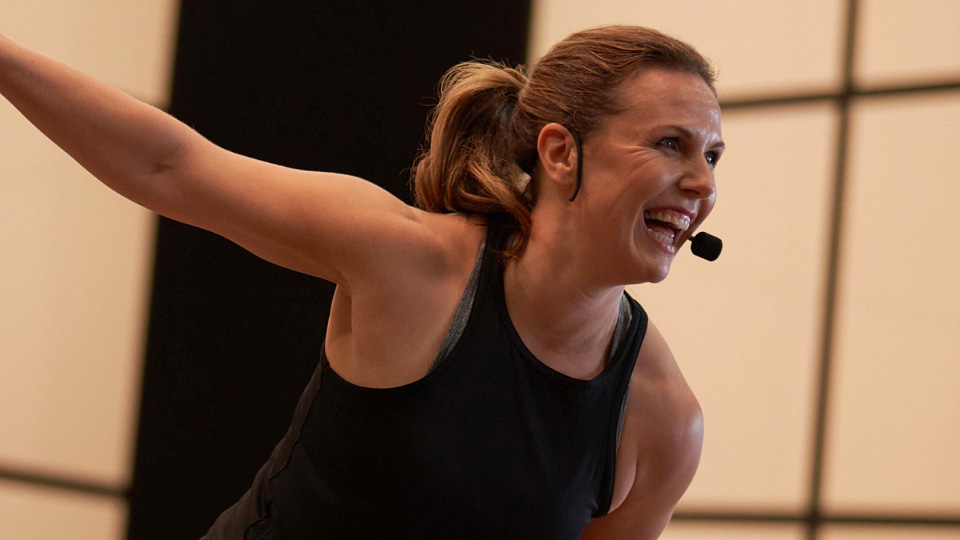
For Rachael Newsham, BODYCOMBAT Program Director, her cycle seems to change regularly, so building awareness of her mood and energy levels has been key. "For me, month to month, it's a lucky dip. But generally, on days two and three of my period, the last thing I want to do is jump, in particular jumping around where other people are watching me." She says it's a mental thing, not a physical thing, but she's now learned to avoid high-intensity exercise in these early stages of the follicular phase.
IN SUMMARY:
For many women, the first two weeks of your cycle can be a good time to push, hustle, grind and break records. During the last two weeks, you might want to scale that back and do the type of training that nurtures your body.
It’s important to be aware that the shape of your cycle is unique and it can change at different points of your life. The hormonal shifts you experience in your younger years can vary later in life and there can be significant changes when you reach perimenopause and menopause.
Discover 4 workouts made to match each week of your cycle
Check out LES MILLS+ to discover four workouts made to match each week of your cycle and a Cyclical Training guide packed with workout recommendations and a cycle syncing calendar.






